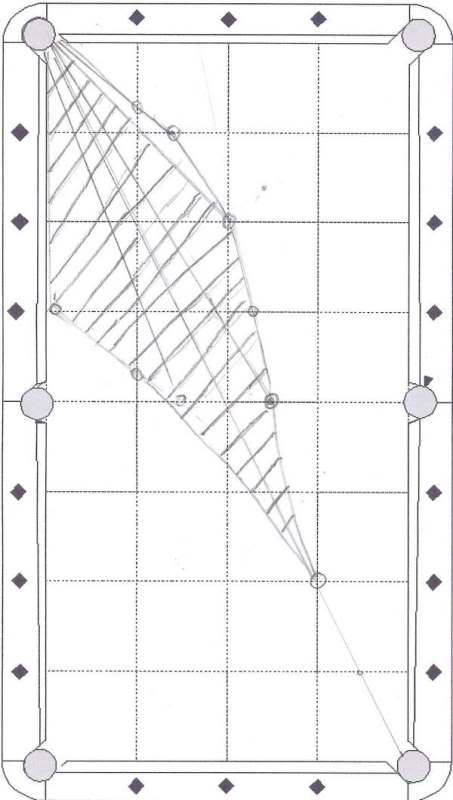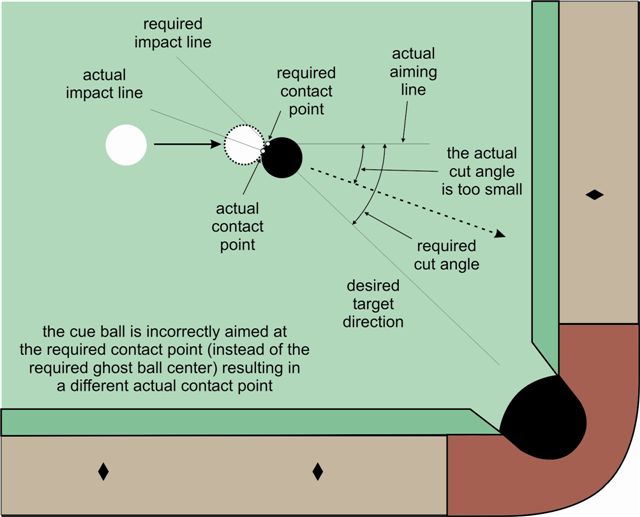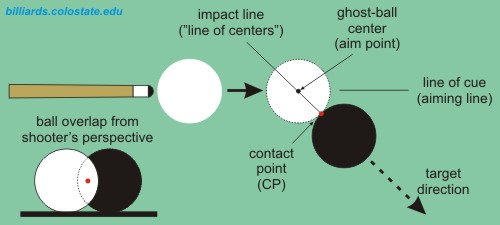Now, do you promise to make up with PJ, and promise to be a good boy when you guys disagree in the future.
Regards,
Dave
As a matter of fact, for the record, PJ and I agree on FAR more things than we disagree on. We've been very civilized lately - and I even sent him a rep not long ago.
Cte works - I just can't prove it mathematically yet--- although I'm close. I just need some software that will help me rotate a line from any pivot point.




